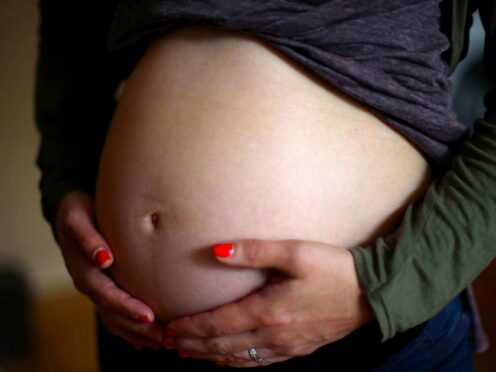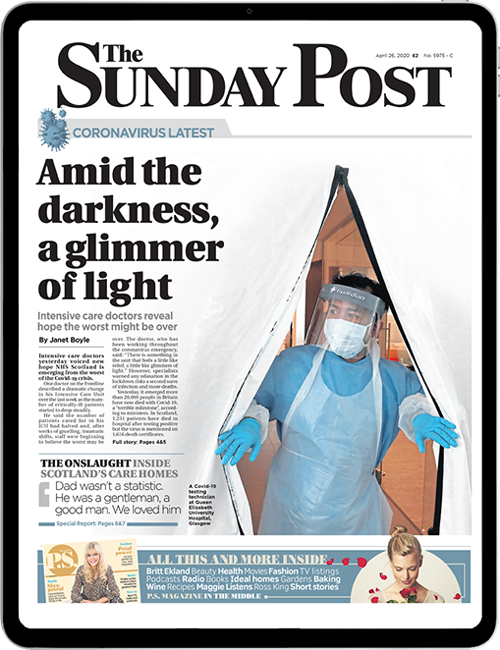
The Sentencing Council has introduced a new mitigating factor for pregnancy and maternity, under which judges will consider the impact of sentences on pregnant or postnatal offenders.
Mitigating factors, like offenders showing remorse or being of a young age, may decrease a sentence and are included on all offence specific sentencing guidelines.
The Sentencing Council will replace the existing reference to pregnancy under the “sole or primary carer for dependant relative(s)” factor, which urges the court to consider any impact on the health of a pregnant defendant and on an unborn child when sentencing, with a dedicated factor for pregnancy, childbirth and post-natal care.
It follows the council’s annual consultation on miscellaneous amendments to guidelines, and the change will come into effect on April 1 for courts throughout England and Wales.
In its published response to the consultation, the Sentencing Council said it was aware of several reports published in recent years that indicate there have been issues with the care of pregnant women and their children in prison.
Law firm Leigh Day were among respondents to the consultation, and cited that women in prison are seven times more likely to suffer a stillbirth than those in the general population, according to figures obtained through freedom of information requests sent to 11 NHS trusts serving women’s prisons in England.
The law firm also highlighted pregnant women in prison are almost twice as likely to give birth prematurely as women in the general population, putting both mothers and babies at risk.
Leigh Day further flagged that a study published in 2020 found 22% of pregnant prisoners missed midwife appointments and 30% missed obstetric appointments compared with 14% and 17% respectively in the general population.
According to the Sentencing Council, relevant considerations when sentencing a pregnant or postnatal defendant may include their medical and mental health needs, any effect of the sentence on their physical and mental health and any effect of the sentence on the child.
The council stated in its report that the impact of custody on an offender who is pregnant or postnatal “can be harmful” for them and the child, “including by separation”.
It flagged that access to a place in a prison Mother & Baby Unit is not automatic and that there may be difficulties accessing medical assistance or specialist maternity services.
The council also noted the NHS classifies all pregnancies in prison as high risk.
The report said: “For offenders on the cusp of custody, imprisonment should not be imposed where there would be an impact on dependants which would make a custodial sentence disproportionate to achieving the aims of sentencing.
“Where immediate custody is unavoidable, all of the factors above may be relevant to the length of the sentence.
“The court should address the issues above when giving reasons for the sentence.”
The change was considered in response to a recommendation by a University of Hertfordshire research report on equality and diversity in the work of the Sentencing Council.
Janey Starling, co-director of Level Up, an organisation campaigning for an end to the imprisonment of pregnant women, said: “It’s positive to see the Sentencing Council introduce new measures that finally force courts to acknowledge the devastating impact imprisonment has on pregnant women, babies and mothers.
“Prison will never be a safe place to be pregnant and several other countries do not send pregnant women to prison.
“This new mitigating factor means that England is finally catching up.”
She continued: “This is a huge milestone in Level Up’s campaign to end imprisonment of pregnant women, and this change would not have been possible without the tenacity of mothers who experienced their pregnancies in prison – including Rianna Cleary and Louise Powell, whose babies died in prisons – campaigning for a change to this inhumane system.”
Ms Cleary gave birth alone in her prison cell at HMP Bronzefield in Surrey in the early hours of September 27 2019 to her baby, Aisha Cleary, who died at 9.03am the same morning.
Ms Powell gave birth to a stillborn baby, Brooke, while behind bars at HMP Styal in June 2020.
An investigation by the prisons and probation ombudsman published in 2022 found she had to give birth in a prison toilet after a nurse mistook her labour for period pain.
“We now need to ensure that all judges are fully trained in understanding the harm that imprisonment causes to pregnant women, mothers and babies and prioritise non-custodial alternatives instead,” Ms Starling said.
Other changes arising out of the consultation and coming into effect on April 1 include adding references to coercive and controlling behaviour in manslaughter guidelines and adding “use of strangulation, suffocation or asphyxiation” as a new aggravating factor for the offence.
Amendments to the Fraud sentencing guidelines will also be introduced to give more recognition to the impact on victims even where there is no or very little financial loss, as well as amendments to guidelines for fly-tipping to give greater emphasis to community orders over fines.

Enjoy the convenience of having The Sunday Post delivered as a digital ePaper straight to your smartphone, tablet or computer.
Subscribe for only £5.49 a month and enjoy all the benefits of the printed paper as a digital replica.
Subscribe